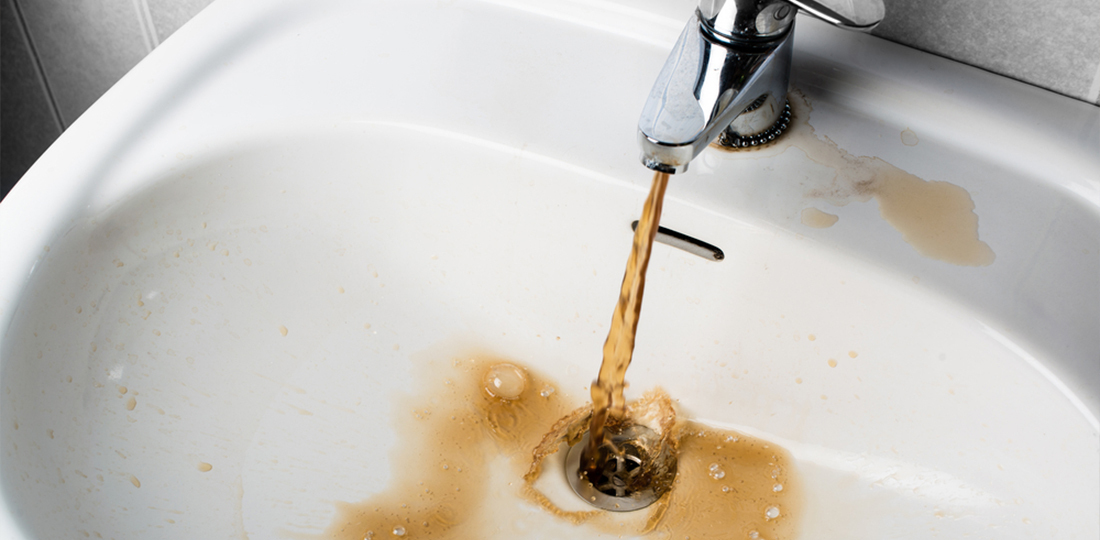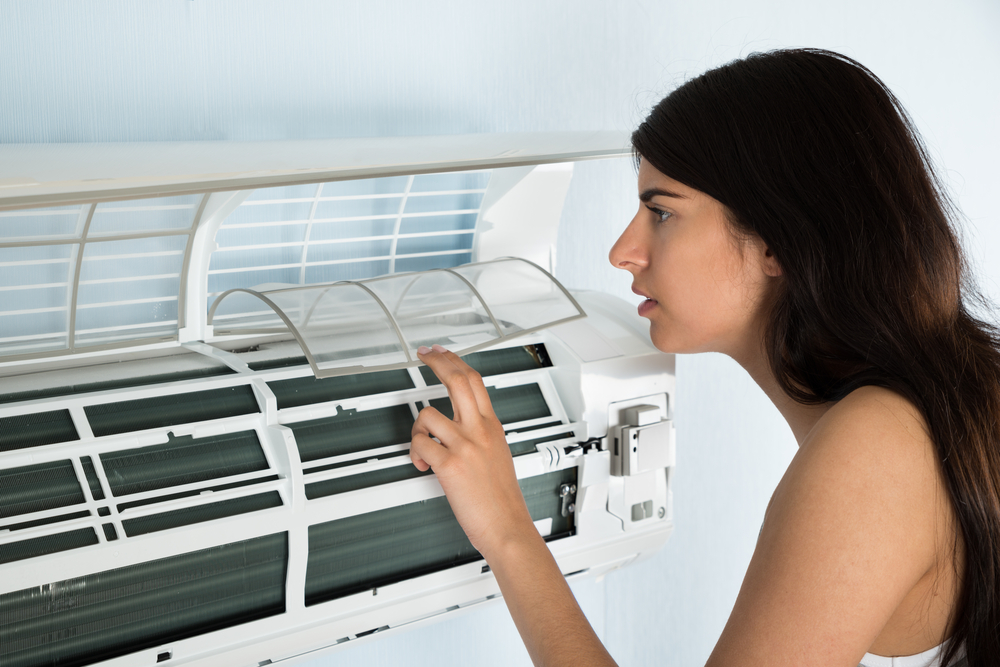Did you know that smelly, discolored water is often a sign that something is wrong with your water heater? Learn what to look for and what to do.
Sure, it may be obvious that discolored hot water — and even smelly hot water — can be a sign of a plumbing problem. But did you know that it could also be a sign of a problem with your water heater? Learn how to diagnose the issue, what DIY maintenance you can do and when to call in a professional.
The Issue: Odorous and/or Discolored (Often Brown) Hot Water
Has it happened to you? You look forward to having a relaxing bath after a long day at work, you start your bath water and suddenly you find yourself thinking, “Wait a minute! Why is my hot water brown?!” The mood is ruined, huh? Fortunately for you, this issue isn’t unheard of. In fact, colored water could simply be an indicator of rusty water from the hot water heater or pipes — a problem that may be more common than you think. Add a stench to it and call yourself extra lucky because you may have a bacteria issue, as well.
The Solution: First, Try DIY Methods
Does the problem only appear when the water hasn’t been turned on for a while (i.e., a bacteria issue)? Is it isolated to the hot water (i.e., strictly a water heater issue)? Does it clear up after you’ve run the water for a few minutes (i.e., a rusty pipe issue)? Answering these questions is the first step to figuring out the source of the problem. Next, take a look at the following common water issues and try your hand at some DIY solutions before calling in reinforcements.
- Brown, yellow or red water: These colors indicate rust in your pipes. The problem may only be with your hot water heater (hopefully!) or it may be with the pipes throughout your home (ouch!). Thankfully, a common solution to rusty pipes is to install a water softener or filtration system in your home. Definitely try this route before replacing your water heater, or worse, all of your pipes (for your budget’s sake).
- Green water: Green or bluish-green water is specific to copper pipe corrosion or lead. Install a water filtration system in your home. Note: If filtering the water doesn’t help, you must replace the copper or metal plumbing, so as not to pose a health risk.
- White or tan particles in the water: These particles are typically calcium or magnesium deposits, and they can clog pipes and drains over time if they aren’t remedied. Try installing a water filtration system in your home. If the problem persists, though, that’s a sign that the heating elements in your water heater are calcifying, and they’ll need to be removed and cleaned.
When to Get Help
If the DIY methods don’t appear to be making a difference or if your main complaint is a smell issue — such as a sulfurous, decayed, rotten egg or sewage-like scent — your best bet is to get professional help. It may just be that a water heater component needs to be replaced, but it’s best to be on the safe side. Likewise, if your water is black in color, that’s a strong indication of mold — a problem that should always be handled by a professional.
All this talk about plumbing make you nervous? Frontdoor® offers a variety of ways to get things done. Whether you prefer connecting via video chat with trade industry Experts, receiving a list of vetted Pros for repairs, or utilizing our how-to library to DIY, we've got you covered.
With the Frontdoor App, completing tasks has never been easier, so why wait? Open the Frontdoor and start taking control of your home repairs. Download the app today!
Frontdoor assumes no responsibility, and specifically disclaims all liability, for your use of any and all information contained herein.
Was this article helpful?


